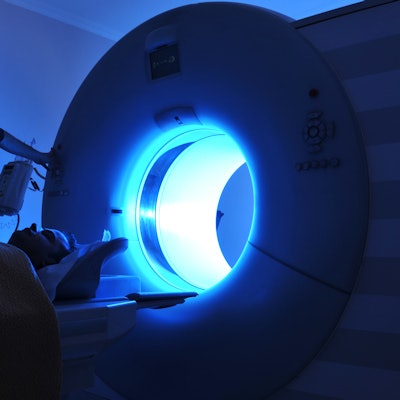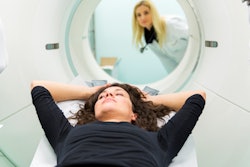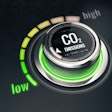
In certain circumstances, whole-body CT (WBCT) can be an effective way to image trauma patients presenting in the emergency room, even though it imparts more radiation than other imaging modalities, according to a literature review published on June 2 in the European Journal of Radiology.
The additional radiation dose from WBCT is why physicians need to take a variety of factors into consideration when deciding whether the technique is indicated in a trauma situation, wrote a team led by Elio Arruzza of the University of South Australia.
"Clinicians should consider [our] findings in light of their clinical context when choosing between WBCT and non-WBCT, particularly in terms of the volume of patients in their facilities [and] the need for timely management," the group wrote.
Typical workup for trauma patients presenting in the emergency room is the advanced trauma life support (ATLS) protocol, which combines physical exam, x-ray of the chest and pelvis, ultrasound, and region-specific CT. Yet the ATLS protocol can be time-consuming and prone to misdiagnosis, according to Arruzza's team.
CT's diagnostic accuracy makes it a good candidate for trauma imaging, and the development of whole-body CT makes it even more attractive. However, the use of WBCT -- encompassing a scan of the head, cervical spine, chest, abdomen, and pelvis -- remains controversial due to the additional radiation dose it delivers to patients, which can reach up to 20 mSv, the team noted.
"A promising feature of whole-body CT is the reduction in emergency department time, [due to more prompt] diagnosis," the group wrote. "[But] WBCT is associated with increased radiation dose and mechanical ventilation duration."
To assess WBCT's effectiveness for trauma imaging, Arruzza and colleagues conducted a literature review, gathering 14 studies from Scopus, Cochrane, and PubMed databases that compared WBCT with the conventional radiology procedures used in the ATLS protocol.
The authors found the following:
- The use of WBCT and non-WBCT showed comparable rates in outcomes such as overall mortality, 24-hour mortality, intensive care unit length of stay, hospital length of stay, and incidence of multiple organ dysfunction or failure (none of these outcomes were statistically significant).
- WBCT reduced patients' time in the emergency department compared with conventional radiology procedures (p = 0.004).
- Not surprisingly, WBCT was associated with higher radiation dose (p < 0.001).
So what is WBCT's role in trauma imaging? The group hopes the study findings will help clinicians make more informed decisions.
"[Future research] should explore impacts on more specific patient subgroups and other relevant outcomes such as cost-effectiveness, complication rates, diagnostic accuracy and missed injury rates," Arruzza and colleagues wrote. "Such exploration will inform a more holistic perspective regarding the efficacy of WBCT within the clinical environment."





















